A guide to perfecting your LinkedIn connection strategy
And why you need to treat it differently from other social media platforms
Although it may feel like social media has been around forever, it’s still quite juvenile in the grand scheme of marketing. But in saying that, it’s now far more popular than the ‘old-fashioned’ forms of marketing that had once stood the test of time.
Take yellow pages, for example. Every business opted for an ad in their local yellow pages as they needed to reach customers back in the day. Even if it were the tiniest of ads, if you weren’t in the yellow pages, people wouldn’t find you!
But now, everyone turns to Google first to find what they’re looking for. There are no more big chunky yellow pages hanging around in homes.
And that’s the power of social media and the internet. To be found, you need to be online.
When social media became the ‘new thing’, no one really knew the rules
When social media platforms first entered our world, no one was yet a ‘specialist’ in the area as with anything new. Marketers found themselves transforming into digital marketers and working out how to best use each social media platform.
If they found something worked, it was tried across multiple platforms.
And this worked to some degree for similar platforms such as Facebook and Twitter. You could use one post on Facebook, then dramatically shorten it for Twitter.
But when the same principle was applied to LinkedIn, engagement was lacking.
This, in turn, led to many people not seeing the power of LinkedIn and turning their back on the platform.
Why did the same social media strategies not work on LinkedIn?
While most social media platforms focus on social networking, LinkedIn specialises in professional networking. It’s less about what you did last weekend or sharing a fun insight into your world and more about what you learned at your last client meeting or workshop.
LinkedIn is full of working professionals.
They are looking for inspiration, content that educates them and making solid connections with people they can work with or learn from.
Fun LinkedIn facts:
LinkedIn has 740 million users, of which
25% are senior-level influencers and
More than 10 million are classified as C-Level Executives
This is great if you’re looking to network with other professionals and create connections.
But it also means that if you’re simply reposting your Facebook or Instagram content, it’s likely to fall flat.
And yes, I can hear you saying, ‘But Sam, I’m already too busy, and now you want me to do more work for LinkedIn?’. And my answer is ‘Yes’! It will pay off.
What all good LinkedIn connection strategies should include
As with all social media (or marketing in general), you ALWAYS need to produce content with your audience in mind.
Think about who you want to connect with on LinkedIn and create content and posts that they will connect with.
One thing that’s abundantly clear about LinkedIn is that simply repurposing your content from other social media platforms is unlikely to succeed on LinkedIn. But, the steps you take to build a social media strategy remain the same.
Start by defining your goals
Understand your audience
Develop content that fits their needs
What content should you include for your LinkedIn strategy?
This is where you’ll notice the biggest difference with LinkedIn. Short posts are often overlooked as ‘unimportant’ snippets that are purely filling up newsfeeds.
The content that gets the most traction on LinkedIn (by far!) is long-form, educational content.
Why? Because professionals are looking to educate themselves, find out more about your specialty, or see if you know your stuff before they choose to work with you.
And perhaps it’s the fact that LinkedIn users prefer long-form content that turns most people off producing content for LinkedIn. But, if you’re a regular blogger, you’ve already got a heap of content that you can share with LinkedIn.
Interesting fact: Only 1% of people that have LinkedIn profiles actually produce content!
This makes LinkedIn less noisy than other social media platforms like Facebook and Instagram and means your content lifespan will last a lot longer on LinkedIn. Trust me – it’s worth it!
LinkedIn is an incredibly powerful tool for B2B marketing
LinkedIn can work – I’ve seen clients succeed with it (when they’re persistent).
I have a client who is a buyer’s advocate (they help people buy a new home). They told me recently that they’d received a testimonial from a client (a home buyer) saying how they were following their social media channels and decided to use my client purely on the informative content they were sharing on LinkedIn.
So, are you on the LinkedIn ban wagon and having any success? I’d love for you to share your tips or thoughts in the comments below.
And if you need any help with your social media or you’d like to learn more about creating a LinkedIn strategy, please get in touch.

